 Abraham Lincoln
If given the truth, the people can be depended upon to meet any national crisis...
Abraham Lincoln
If given the truth, the people can be depended upon to meet any national crisis...
 Guildford news...
for Guildford people, brought to you by Guildford reporters - Guildford's own news service
Guildford news...
for Guildford people, brought to you by Guildford reporters - Guildford's own news service
Birdwatcher’s Diary No.76
Published on: 17 Dec, 2014
Updated on: 17 Dec, 2014
By Malcolm Fincham
Moving into December the weather started to turn much cooler with the arrival of our first few sharp frosts of winter. This was quite pleasing to me as it also brought with it several days of much welcome sunshine, allowing me some good photo opportunities.
This included some improved pictures, much assisted by the good sunlight, of some of the birds I featured in my previous report.
On December 6 in Shamley Green, the dabchick (little grebe) continued to show well, diving for long periods then re-emerging often quite successfully with a small fish.
Later that day, while on my travels through Wonersh, I also caught up with a fox out hunting in the bright but low afternoon sun.
The following day also started well with some bright sunshine and a trip to Staines Reservoir with birdwatcher pal Dougal, in the hope of viewing a few of the recently reported winter arrivals. These included a drake scaup and a great northern diver.
Although both too distant to photograph, I was pleased to get a few nice picture of a pair of wigeon that have also recently arrived there.
I also managed to get a couple of shots of a goldeneye.
And even a few photos of a flock of lapwing as a distant rainbow began to appear.
Before long, however, black clouds began to loom, and as the wind got up literally out of the blue (sky) a torrential storm was upon us, blowing over our scopes, turning Dougal’s umbrella inside out and leaving me frantically trying to salvage my camera equipment from the rain.
On a far more pleasant day on December 8 I decided on a trip to Farlington Marshes near Portsmouth.
With the sea at high tide, much of my viewing was on the inland lagoons where most of the waders and wildfowl could be seen. Many of these have arrived back from northern breeding grounds to winter here.
These included more than 2,000 dark-bellied brent geese, having travelled over 2,500 miles from Siberia.
Groups of wigeon have also now arrived to dabble with other ducks of their kind, such as teal and shoveler, on the lagoons and surrounding grassland.
A few pintail duck were also now present along with a small congregation of little egret.
Out resting on the lagoon was an omniscience of more than 200 black-tailed godwits.
Along with a separate group of resting redshank.
Grey plover, now very much in winter plumage since my previous visit, could also be viewed.
While the green plovers, better known as lapwings, could also be seen in good numbers – I even managed to take a pleasing photo of one as it flew over.
Of course, the day wouldn’t have been complete without a few pictures of one of the resident kestrels.
And as a bonus, while walking back to the car, a common buzzard flew low overhead pursued by a pair of crows, allowing me several pictures as the conflict evolved.
The crows eventually saw the buzzard off from their territory.
A return to Thursley Common on December 10 gave me another encounter with the Dartford warbler that I featured in my previous report.
With the gorse still in flower adding some colour to the landscape.
And this time with some much improved sunlight, I was able to get some even better pictures than on my previous visit.
He seemed a little braver too, allowing me some really delightful photos.
In fact, almost certainly the best pictures of a Dartford warbler I have ever managed to achieve.
Added to my day’s pictures was one of both male and female stonechat, not wishing to be left out.
Recent Articles
- Insights: The Band on the Titanic Strikes Up ‘Devolution!’ – Part 1
- Letter: Benefits of New Ash Bridge Are Dubious
- Letter: Unitary Authorities Will Allow More Coherent Planning
- Emergency Work on Embankment to Reopen Guildford to Effingham Line
- Letter: Twas the Night Before Christmas…
- Burglar Jailed Thanks To Quick Action of Ash Resident
- Highways Bulletin for December
- Birdwatcher’s Diary No.318 Some Pre-Christmas Rambles
- Merry Christmas and a Happy New Year to All Our Contributors and Readers!
- More Units Added to Solums’s Station Redevelopment


Search in Site
Media Gallery
Dragon Interview: Local Artist Leaves Her Mark At One of England’s Most Historic Buildings
January 21, 2023 / No Comment / Read MoreDragon Interview: Lib Dem Planning Chair: ‘Current Policy Doesn’t Work for Local People’
January 19, 2023 / No Comment / Read MoreA3 Tunnel in Guildford ‘Necessary’ for New Homes, Says Guildford’s MP
January 10, 2023 / No Comment / Read More‘Madness’ for London Road Scheme to Go Ahead Against ‘Huge Opposition’, Says SCC Leader
January 6, 2023 / No Comment / Read MoreCouncillor’s Son Starts Campaign for More Consultation on North Street Plan
December 30, 2022 / No Comment / Read MoreCounty Council Climbs Down Over London Road Works – Further ‘Engagement’ Period Announced
December 14, 2022 / No Comment / Read MoreDragon Interview: GBC Reaction to the Government’s Expected Decision to Relax Housing Targets
December 7, 2022 / No Comment / Read MoreHow Can Our Town Centre Businesses Recover? Watch the Shop Front Debate
May 18, 2020 / No Comment / Read More



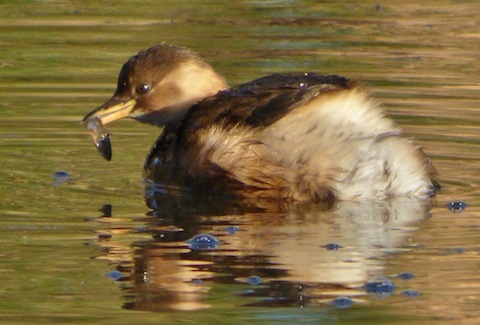
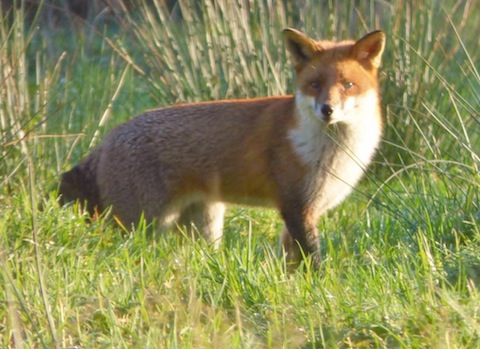
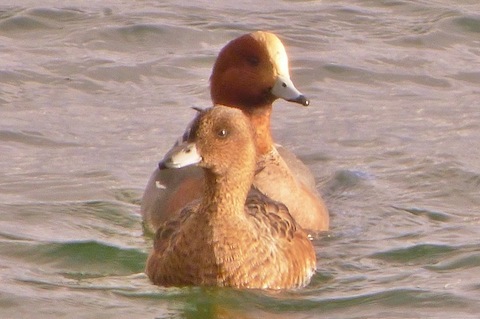
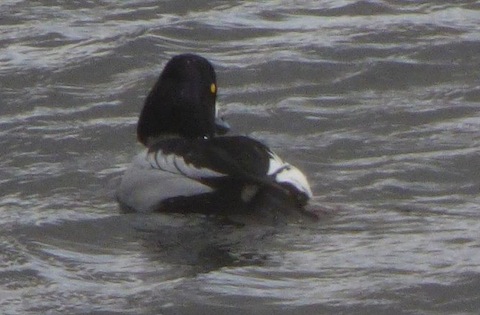

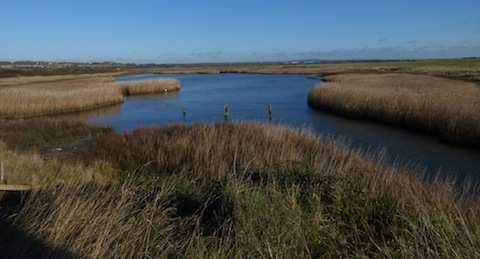

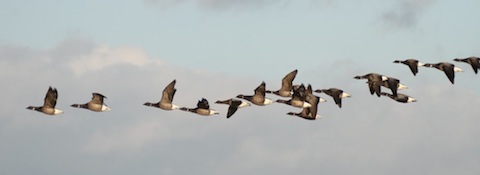
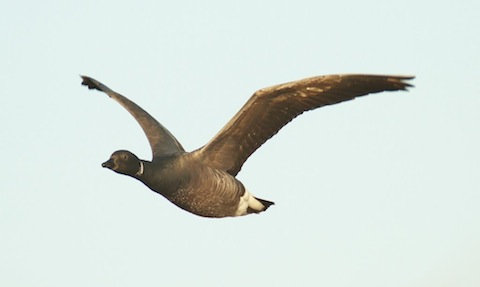
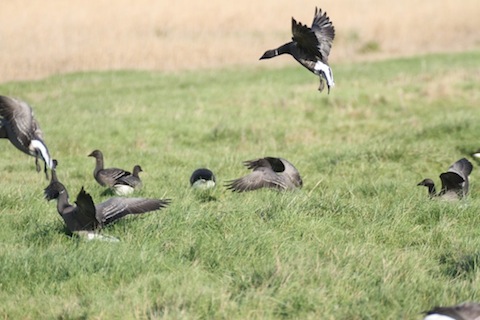
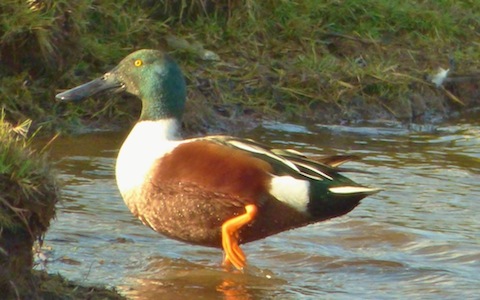

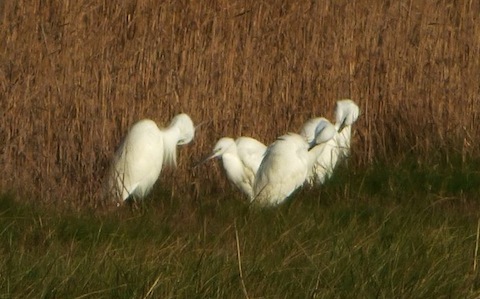
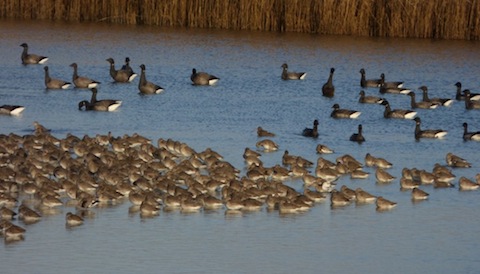
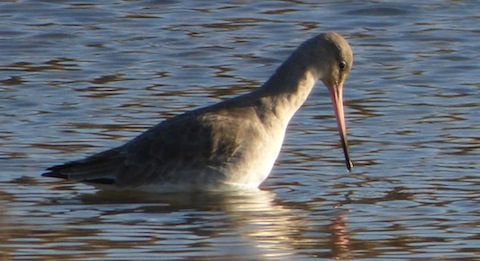
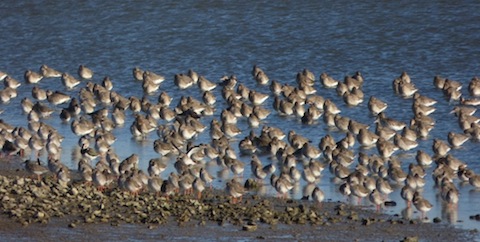
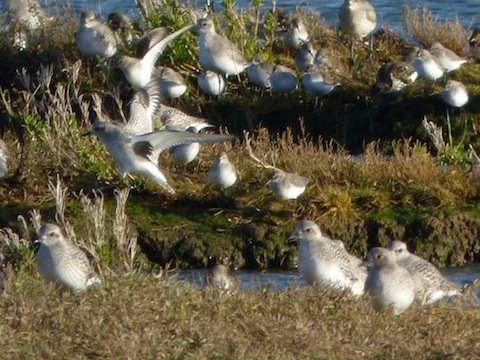
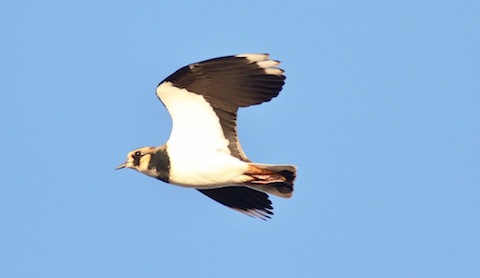
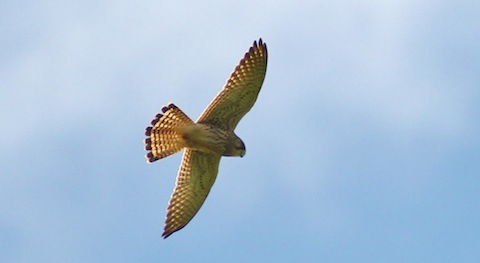

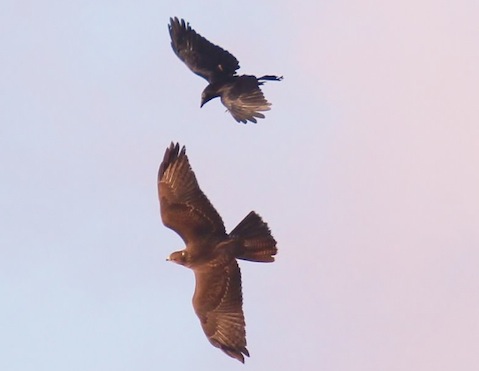
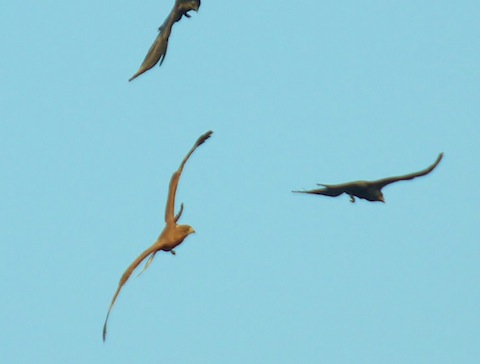

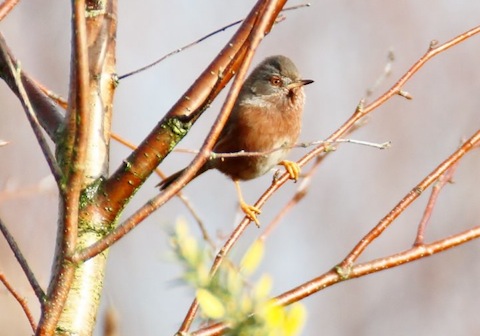
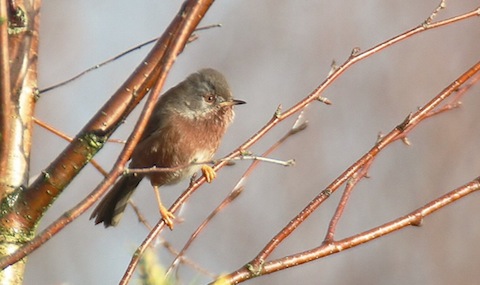
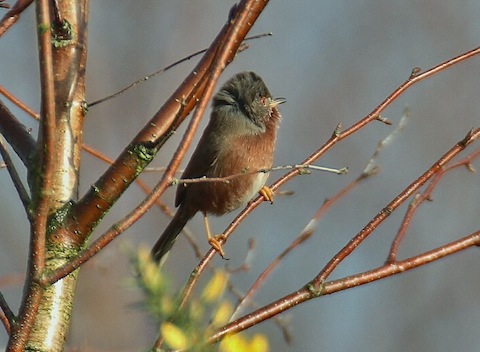


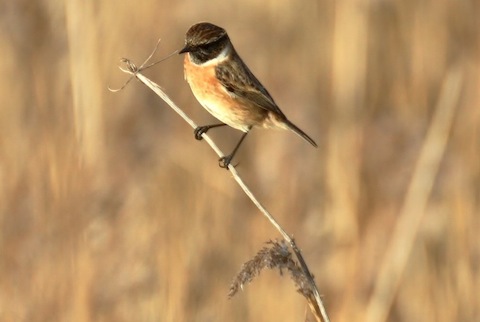








Recent Comments